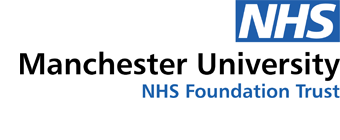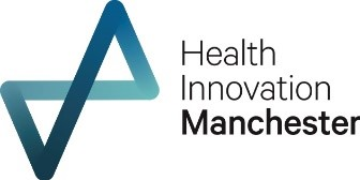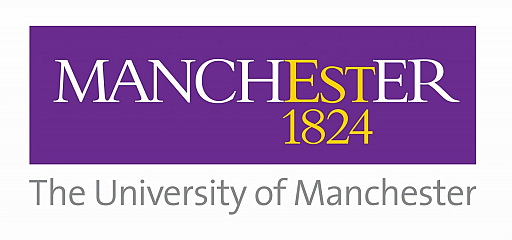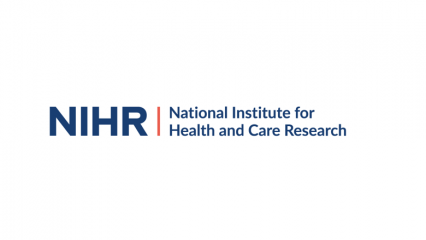Why the NHS has a vital role to play in pioneering treatments for fatal childhood diseases
NHS provides essential knowledge
As a clinician you get first-hand experience of the benefits, but also limitations, of existing treatments, and naturally identify questions that can often be answered through research.
We know that chemotherapy is effective as a treatment for most children with leukaemia (blood cancer), but failure or relapse occurs in 10–20% of cases.
A bone marrow transplant may offer a cure in these cases, and that it works in two ways:
- During bone marrow transplant healthy bone marrow can be used to replace the original bone marrow following high doses of chemotherapy. The major dose-limiting factor with chemotherapy is usually the damage it does to the bone marrow, so this transplant approach enables higher doses to be given to those children who have previously failed to respond to lower doses.
- By having a graft-versus-leukaemia effect, where the donor T cells (type of white blood cell involved in the immune system) can be beneficial to the recipient by killing residual cancer cells.
However, experience has also shown that bone marrow transplant may still fail to cure leukaemia. Sometimes it may fail because of complications of the transplant which is an intricate and intensive procedure. The new immune system may reject the patient’s body (known as graft versus host disease [GVHD]), or the high-dose treatments (chemotherapy/radiotherapy) needed to prepare the patient for transplant might damage other organs of the body.
So, researchers are exploring gene therapy as an alternative for treating leukaemia where chemotherapy and bone marrow transplant fail, and the first treatment of its kind was recently approved for clinical use.
Refining our approach to treating leukaemia: potential benefits of gene therapy vs. bone marrow transplant
Gene therapy builds on previous knowledge gained through bone marrow transplant that the immune system can clear leukaemia. This exciting approach involves reprogramming the body’s own immune cells to make them better at targeting cancerous ones. This means that there is no toxicity of high-dose chemotherapy or graft-versus-host-disease.
At RMCH, we were involved in the delivery of a gene therapy research study into immunotherapy with CD19 CAR redirected cells, originating from Great Ormond Street Hospital and University College London. This treatment has been recognised to induce remission and is likely to cure children with leukaemia where all other conventional treatments have failed.
Bone marrow (BMT)
|
Gene therapy
|
Gene therapy – a cure for other paediatric illness
Researchers are now considering whether a similar approach can work in other areas of medicine closely related to bone marrow transplant. In Manchester, we’re particularly interested in metabolic conditions. Sanfilippo disease is a fatal genetic condition for which there is currently no existing treatment, with most children dying around the age of 18 years. It is caused by a lack of the enzyme, SGSH, which helps to break down and recycle long chain sugars in the body and particularly the brain.
Children with Sanfilippo show symptoms of hyperactivity, severe behavioural problems and miss developmental milestones as toddlers. It is a progressive condition, with later symptoms being similar to dementia, as well as seizures and difficulty in walking and swallowing.
Bone marrow transplant can help similar conditions to Sanfilippo and the engrafted donor blood cells give enzyme to the other cells of the patient’s body. However bone marrow transplant isn’t effective in children with Sanfilippo, because the donor cells are unable to provide enough enzyme. However, we believe that gene therapy may be able to modify the body’s own bone marrow cells to produce more enzyme than that produced by a normal bone marrow transplant, and with more enzyme in the gene therapy transplant then we will help correct the disease.
Our team involving Professor Brian Bigger at The University of Manchester, and metabolic medicine doctors Dr Simon Jones and the late, great Professor Ed Wraith at Saint Mary’s Hospital, has developed a novel vector to genetically correct the patient’s own stem cells and implant them into the bone marrow to release the missing enzyme in a way that reaches the brain.
The technology has been licensed to a UK-based clinical stage biotechnology company, Orchard Therapeutics. Clinical trials of the treatment will start next year at our Clinical Research Facility (CRF). The NIHR Manchester CRF at RMCH is a specialised unit for delivering complex and intensive trials, in a safe environment.
This new gene therapy builds on decades of experience at RMCH and Saint Mary’s Hospital in bone marrow transplantation of children with metabolic disease. If we can show that it’s possible to treat Sanfilippo with stem cell gene therapy, then this could pave the way for treating other metabolic diseases, as well as conditions such as thalassemia and sickle cell.





